Building up your repertoire by learning standards is a crucial part of being a professional jazz musician. In fact, you have to learn potentially hundreds of songs just to be able to get by at a jam session without embarrassing yourself. But you already know this.
Chances are, you’ve sat down to play at a jam session only to feel embarrassed when you didn’t know the song being called. We’ve all been there.
There are some common patterns you can find in American standard songs, and recognizing these patterns will help you learn them at a significantly increased speed. Most importantly, we have to look at the most standard forms of songs.
If you know the following three forms well, you’ll be able to recognize them quickly and learn songs faster.
- For those of you that don’t know, AABA is generally composed of a primary melody that begins each A section (or a close variation of this melody). The B section (referred to as the “bridge”) stands out from the rest because it is a departure from this primary melody, with a unique melody of its own that somehow builds upon the A melody, almost always with a change of key.
One of the first songs any of us jazzers learn is All the Things You Are, by Jerome Kern, with lyrics by the great Oscar Hammerstein. Like many AABA songs, the bridge modulates to another key. It’s also common for a song with a minor A section to switch to a Major key at the B section. In the case of All the Things You Are, the first A section begins in F minor, the second A section uncommonly starts in a different minor key, C minor, while the bridge modulates to G Major.
- Another important form is ABAC. On Green Dolphin Street, a tune played frequently at jam sessions, is an extremely common example of this form. The A sections are exactly the same; however, while B and C are related, C is a recognizably different melody than B and resolves the melody and harmony of the tune.
- Form number three that we should discuss is AB. Generally speaking, AB songs are fairly short, many-a-time consisting of 16-bars. These 16-bars are split up into two 8-bar phrases, the second serving as an answer/conclusion to the first phrase. A few good examples of AB songs are Blue Bossa, Recordame and Solar (these are also all important rep songs for you to know).
By having a good understanding of each of these form types, you’ll begin to notice when a song fits this form. In fact, since most jazz standards fit into these form skeletons or are a slight variation of one of them, you’ll be able to hear them a single time and know the entire form of the song at ease.
The next step will be catching the key centers at the beginning of each section so that you can follow the harmonic motion of the song.
Focus on the first chord of each phrase. If you can get these figured out the first or second time you hear the form, you’ll have a fantastic road map of the tune. You’ll be able to guess that the bars leading up to each section contain II-V-I’s that lead into the first chord of that section. You’ll also be able to pick up any I-VI-II-V’s that occur because you’ll know what key each section is living in.
But WAIT.
When it comes to learning songs quickly, there is one element often over-looked by musicians when trying to learn tunes. Can you guess what it is?
Lyrics.
Do you have any friends who impress you with their vast knowledge of pop songs? Maybe your friend can sing you back any song from the classic rock era, or the melody and lyrics to each and every Beatles song ever written. Most of us do indeed have a friend who fits that category.
You might ask yourself, how is it that my friend, who has never had an ounce of musical training in his or her life is able to learn 100 songs more easily than I can?
The answer is probably this: your friend is listening to the lyrics. Likely the most common way of learning new songs is by listening to other instrumentalist jazz musicians playing them. This is arguably one of the least effective ways of doing it.
Not only are you missing the lyrics when you listen to an instrumentalist, but you are also probably not hearing the melody in its truest, simplest form.
As you all know, jazz musicians embellish melodies quite often, changing them at will depending on their playing style. Often times, a tune is played at a completely different tempo than the one it was originally written in. All the Things You Are is a wonderful example of this; it is frequently played as an up-tempo song, even changed from 4/4 to 7/8 by pianist Brad Mehldau.
Listening to recordings of singers provides us with a few key factors when it comes to learning songs quickly an effectively:
- A deeper emotional understanding of the song – It’s easy to listen to an improviser go crazy over a fast version of All the Things You Are and get lost in the solo, but if you want to learn a song fast, feeling the emotional connection will not only help you learn more quickly, but also assist you in understanding what the song is really about. Knowing this is the only way to make an educated decision as to how to play the song.
- A road map of imagery and development – Lyrics draw up images in our heads. People who have incredible memories often use mnemonic devices to remember things. Lyrics are essentially a built-in mnemonic device for us to use. They help us remember what’s going on in each section.
- A melody with lyrics is usually song “lyrically.” – Meaning, the melody can only be embellished so much. In order for the lyrics to fit, the singer can’t simply add extra notes or subtract notes from the melody as there must be syllabic and rhythmic coherence. If we know the lyrics to a song, we can also very easily remember the rhythmic length of the melody for the same reason.
Similarly to the music of The Beatles, the music sung by Frank Sinatra was also meant to be catchy, memorable, and was in its time considered some of the most popular music of its day. Sinatra songs (many of which are the standards we all have to know) are all structured with easy-to-remember forms, melodies and chord changes (speaking of which, It’s Easy to Remember is a great standard you should learn:
Hopefully, by now, you’re feeling somewhat empowered when it comes to learning tunes.
You know that there are common forms for you to recognize and quickly absorb. Chord changes become easy to catch after you’ve figured out the first chord of each section of the song.
But, you may still be thinking, there are so many songs to learn. How on earth will I learn them all?
In the end, learning songs is just like any other skill. Once you get over the initial learning bump, you’ll see an exponential increase in your speed and effectiveness.
After your first 50 songs are memorized, you’ll be highly proficient at spotting form, catching the main key centers, and memorizing melodies. You’ll be able to hop into a jam session during a song you’ve never heard and jump in after the first chorus. So keep learning, keep practicing, and keep singing along with Frank Sinatra.


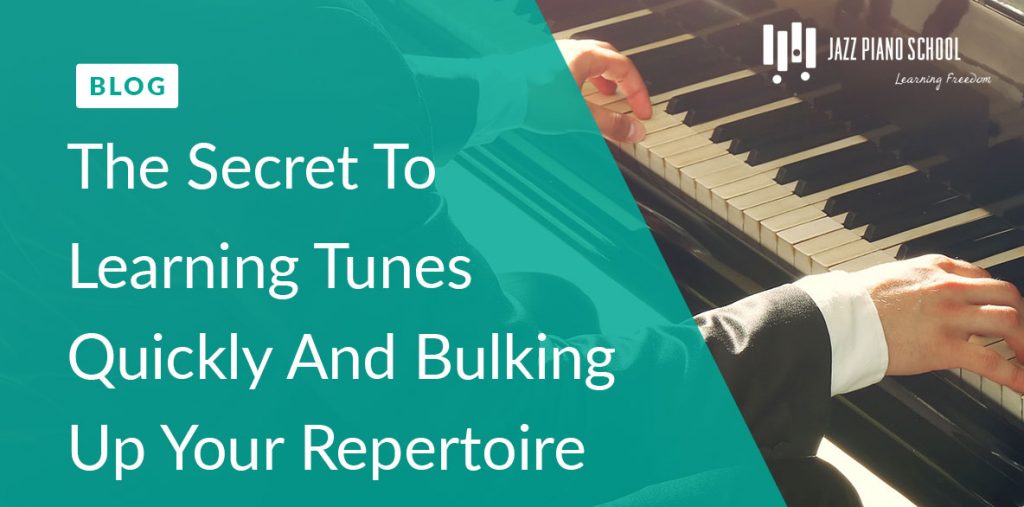

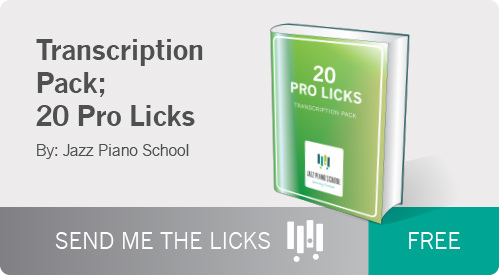
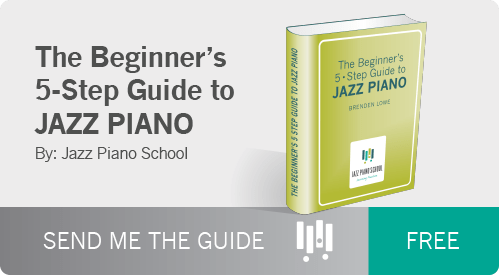
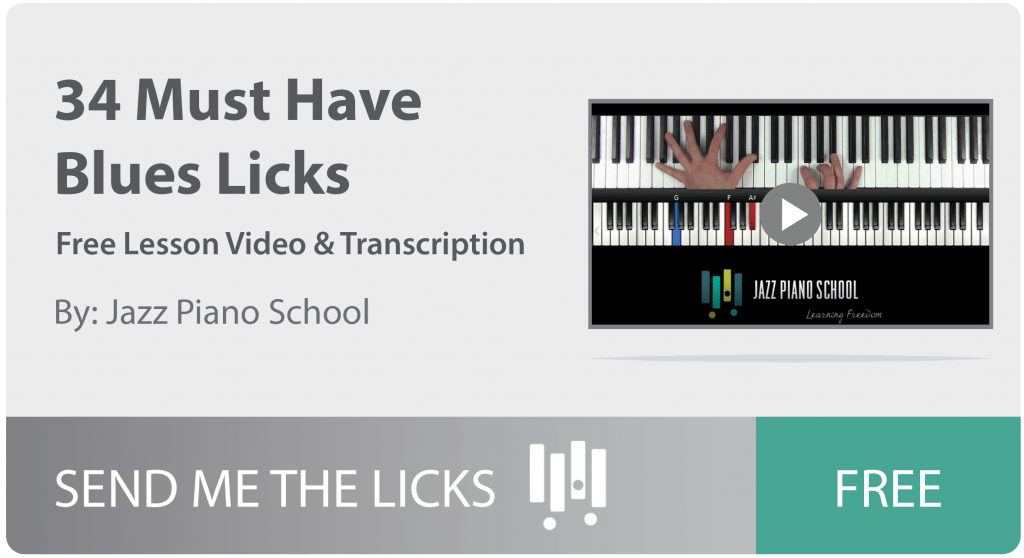
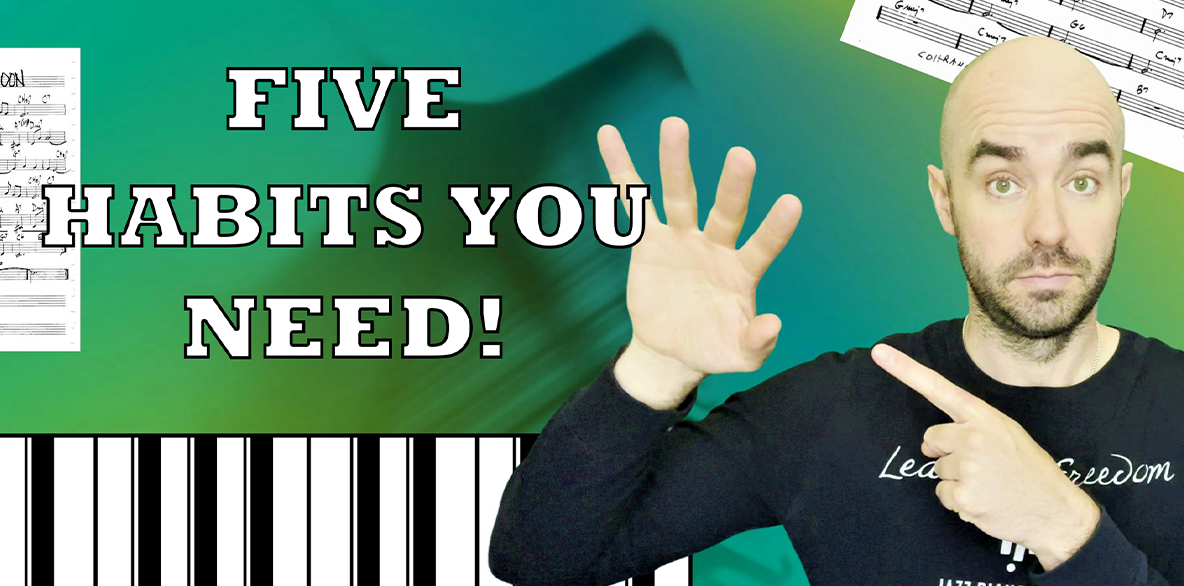

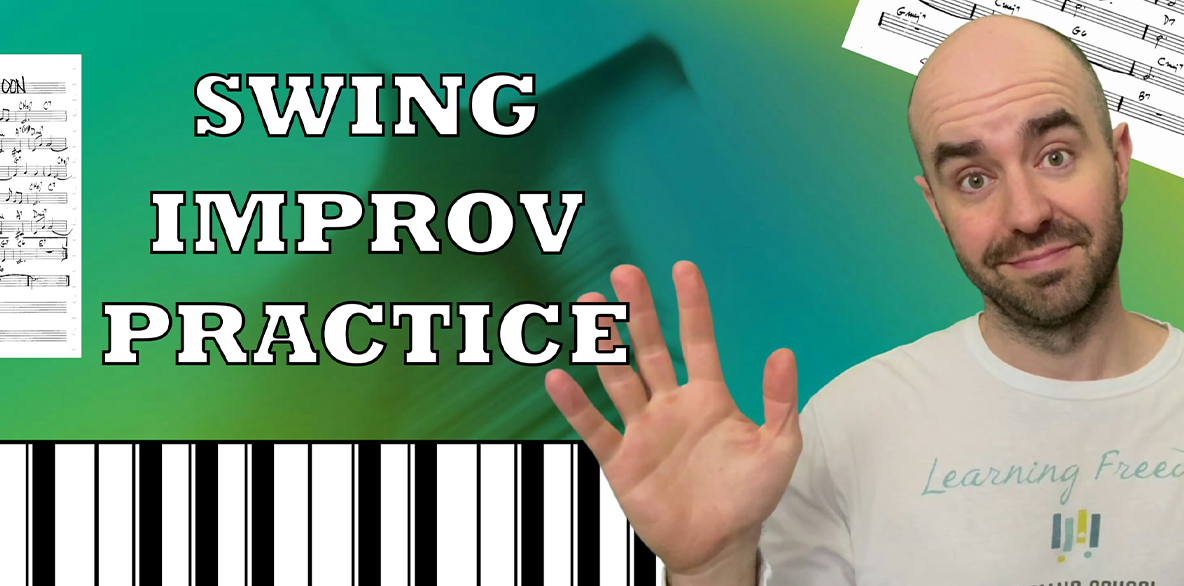

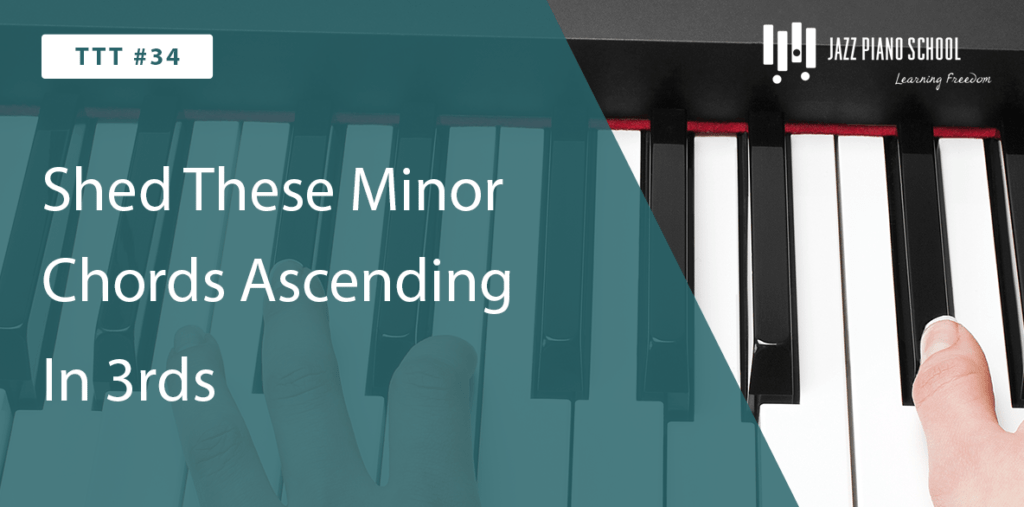



One Response
Great ideas – I made a YouTube play list of vocal versions of Real Book tunes (where there are lyrics) to help me learn them – thanks for the post